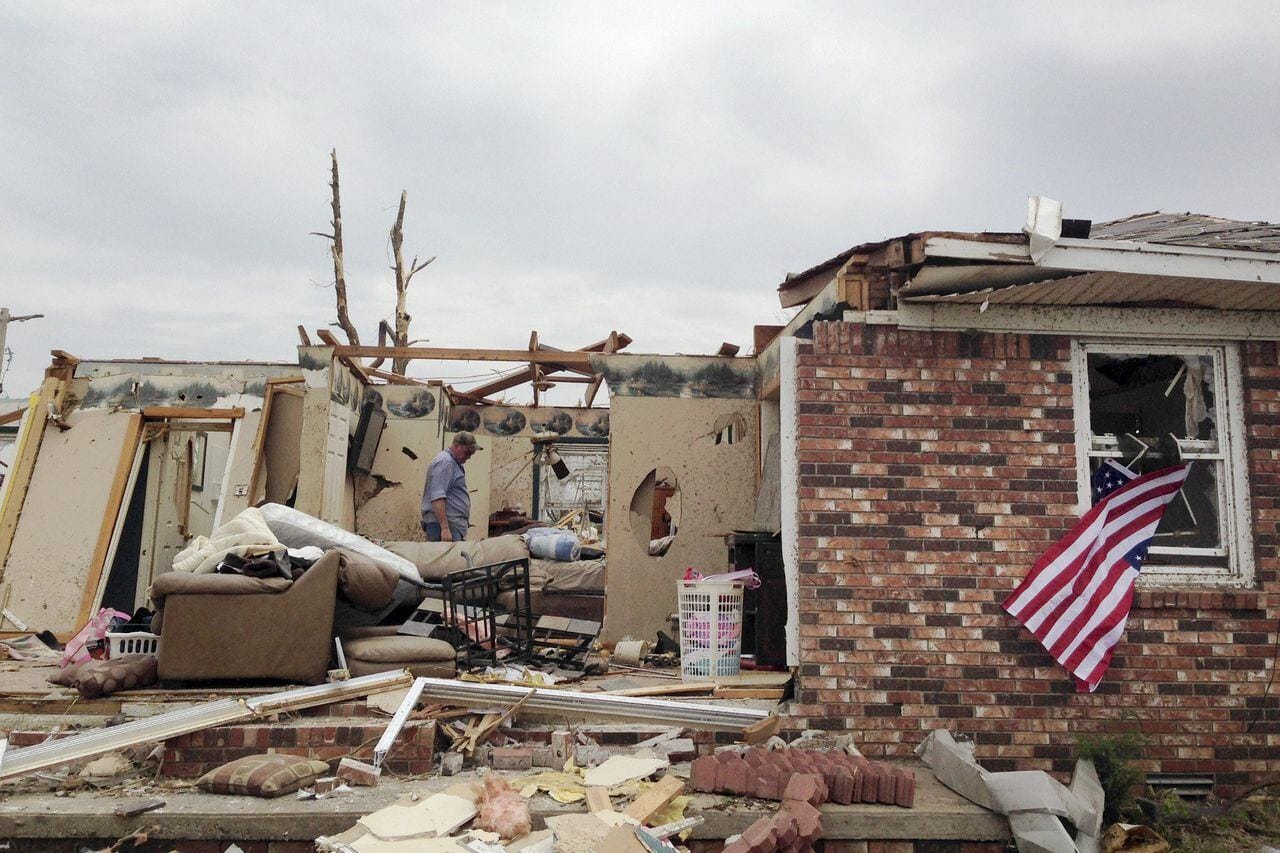Greenland’s ice sheet, a colossal ice mass second only to Antarctica’s, is making headlines as scientists warn of its rapid fracturing. A combination of advanced research techniques and 3D surface mapping has brought to light the alarming pace at which this critical feature of Earth’s cryosphere is disintegrating. The growing crevasses, identified with high-resolution satellite imagery, signal unprecedented changes that exacerbate concerns over global sea-level rise.
Over the five-year period spanning 2016 to 2021, these fissures, or crevasses, widened significantly at the fast-moving edges of the ice sheet. This trend reflects the direct influence of accelerating global temperatures, which drive dynamic responses within polar ecosystems. Researchers from Durham University in the UK have spearheaded the study, culminating in what experts describe as a “global wake-up call.”
The Greenland ice sheet governs immense reserves of frozen water, holding the potential to reshape coastlines worldwide. Should it melt completely, global sea levels could increase by as much as seven meters. Current findings indicate an escalation in crevasse formation in key areas of rapid ice flow, underscoring the impact that warming temperatures are activating in these polar regions.
Understanding this behavior involves delving into the mechanics of the ice sheet. Apart from general melting, the rifts deepen as warmer water penetrates them, accelerating their expansion. This process is likened to a feedback loop: as more cracks form and grow, the ice becomes increasingly unstable.
Beyond serving as a reservoir for fresh water, Greenland’s ice sheet plays a vital role in regulating global temperatures through a phenomenon known as the albedo effect, where sunlight reflects off light-colored surfaces like ice. However, as ice gives way to darker land or ocean, less sunlight is reflected back, further increasing the Earth’s temperature.
Despite being one of the cornerstones of Earth’s climate system, the Greenland ice sheet has become a casualty of climate change’s growing pressures. Observations from satellites confirm that the edges of the ice sheet—the most vulnerable regions—are thinning at alarming rates. Evidence from core samples, coupled with cutting-edge 3D modeling, reveals that internal structural weaknesses intensify as breaks in the ice deepen and multiply under stress.
While global emissions mitigation remains a necessary response, scientists also argue for the immediate need to monitor and reassess these findings continually. Climate models initially underestimated the speed at which crevasse formation was occurring, suggesting more research and better predictive measures are crucial for understanding the trajectory of these ice sheets.
Furthermore, the accelerated melting threatens coastal communities around the world. Cities in low-lying areas could face catastrophic flooding, saltwater intrusion into freshwater reserves, and long-term instability of critical infrastructure. Among the hardest-hit are those least equipped to adapt to drastic environmental changes, illustrating the inequitable burden of climate impacts.
The Greenland story intertwines with global consequences in nuanced ways, blending geophysics with human vulnerability. Yet, it continues to highlight the stark danger looming for Earth’s interconnected systems. Experts hope that these findings will galvanize decisive action toward curbing emissions and fostering resilience through global collaboration.
As studies delve deeper into the alarming mechanisms at play within Greenland’s ice sheet, the data paints a sobering picture of Earth’s climate future. The crevasses serve as both a literal and figurative crack in the foundational stability of our planetary climate system, prompting urgent calls for attention and action.



